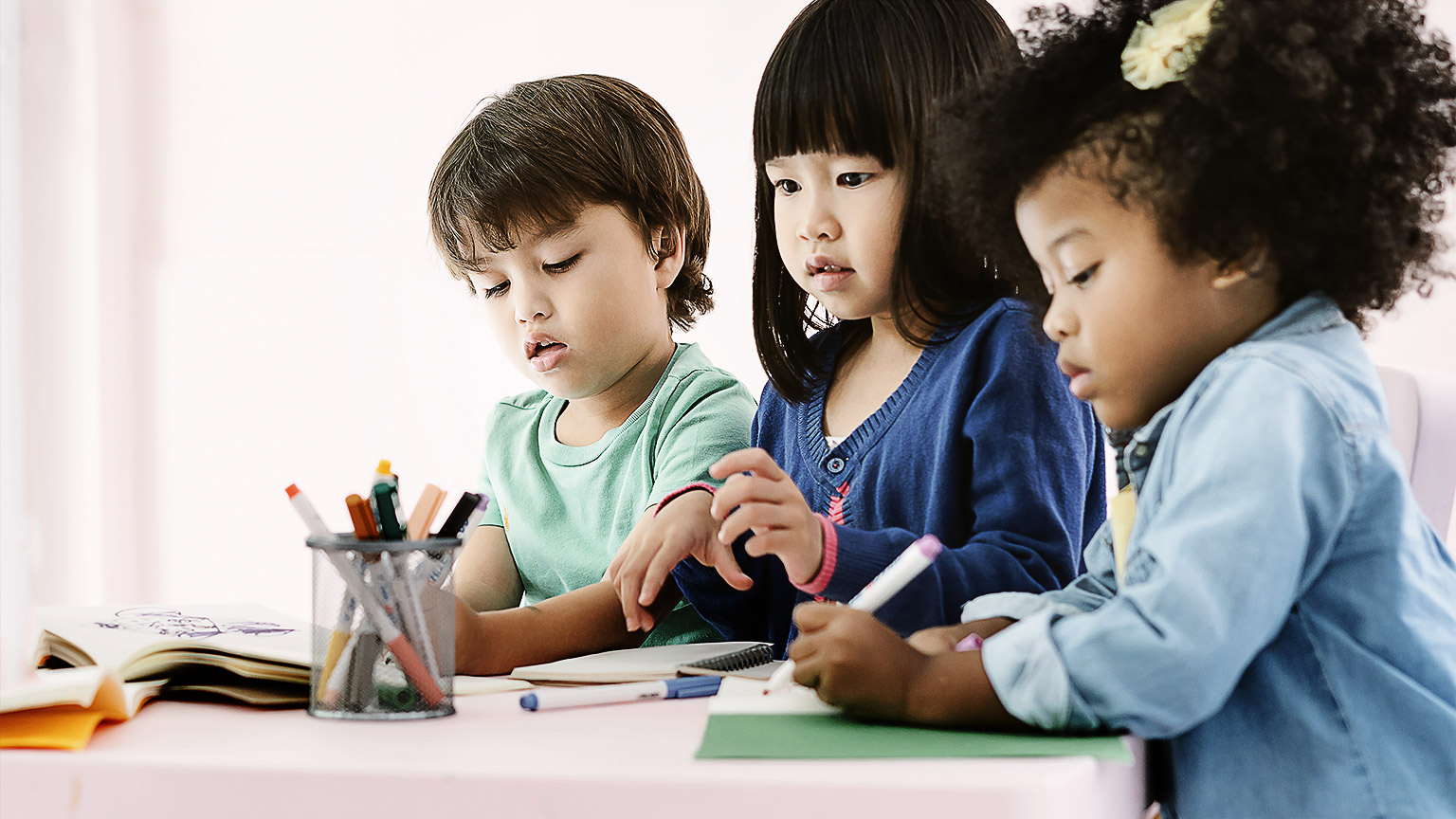Children go through different stages of development as they grow from infants to young adults.
During each of these stages, many changes in the development of the brain are taking place. What and when these developmental changes happen are determined by genetics (passed down from their parents and grandparents). However, a child's environment and experiences with important people also have a significant influence on how each child benefits from each developmental stage.
Ages and Stages is a term used to outline essential periods in the human development timeline. During each stage, there is growth and development in the primary developmental areas.
As Kaiako it is vital to understand what is taking place in the child's brain and body during each period. You can then provide the necessary support, encouragement, structure, and interventions to allow the child to progress through each stage as smoothly and successfully as possible based on each child's individual set of traits and interests.
At each of the stages of development, progress is measured on the child's:
- cognitive development
- social/emotional development
- language development
- movement/physical development.
Let's use this activity to test the knowledge you already have about each stage of development.
How did you do? Here is more information about each developmental stage.
| Development Stage | What is happening | Why it's important |
|---|---|---|
| Cognitive Development: | A baby or toddler's mental capacity for problem-solving, learning languages, learning about objects, and the relationship between cause and effect. | It forms the foundation for many of the other skills the child will learn later in life. |
| Social-Emotional Development: | A child's ability to create and sustain meaningful relationships with adults and other children. Emotional development is a child's ability to express, recognise, and manage their emotions, as well as respond appropriately to how other people are feeling. | Both social and emotional development are essential for young people's mental health. |
| Language development: |
Language development and communication are critical areas of development for children. They play a vital role throughout our lives. It helps us:
|
Language and communication support many other aspects of development, including cognitive, social, and literacy development. |
| Movement/Physical Development: |
In early childhood, this area focuses on the physical health of the child. It looks at:
There are even schools developed with these concerns in mind, such as outdoor preschools and forest schools. |
Physical development contributes to cognitive development — as children move and explore the world, they learn about the properties of objects and their own capabilities. |
Activity - Describe age and stage appropriate learning interactions (activities)
- Review the Stages of Development table above
- Choose two activities for each stage.
- Describe each of them and explain why they were chosen.
- Use the forum to post your work.
- Review work submitted by others and consider respectfully posting your feedback.

